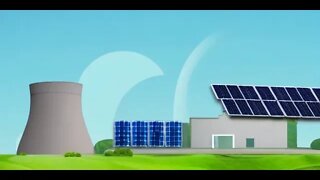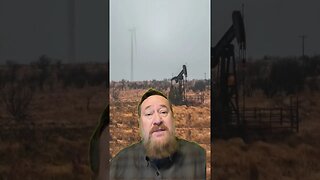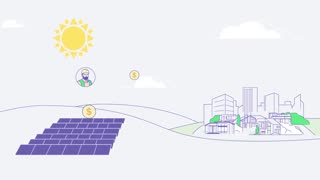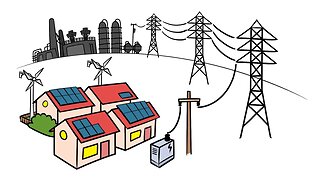#409 Energy Systems
Energy systems refer to the complex networks and processes involved in the production, transmission, distribution, and consumption of energy. There are various types of energy systems, including those that utilize different energy sources and technologies. Here are some key aspects of energy systems:
Energy Sources:
Renewable Energy: Derived from sources that are naturally replenished, such as sunlight (solar energy), wind, rain, tides, waves, geothermal heat, and biomass.
Non-Renewable Energy: Comes from finite resources like fossil fuels (coal, oil, natural gas) and nuclear energy.
Energy Conversion:
Electricity Generation: The process of converting various forms of energy (mechanical, thermal, chemical) into electrical energy. This includes power plants using fossil fuels, nuclear reactions, or renewable sources.
Transmission and Distribution:
Grid Systems: Networks of transmission and distribution lines that transport electricity from power plants to end-users. High-voltage transmission lines cover long distances, while lower voltage lines distribute electricity to homes and businesses.
Storage Systems:
Energy Storage: Technologies that store energy for later use, helping to balance the supply and demand fluctuations. Examples include batteries, pumped hydro storage, and thermal energy storage.
Smart Grids:
Smart Technologies: Integration of digital communication and control technologies into the traditional electricity grid. This allows for better monitoring, control, and communication between various components in the grid.
Energy Efficiency:
Efficient Use: Implementation of technologies and practices that reduce the amount of energy required to perform tasks. This includes energy-efficient appliances, lighting, and industrial processes.
Decentralized Energy Systems:
Distributed Generation: Energy generation at or near the point of use, often using renewable sources like solar panels or small-scale wind turbines. This can enhance grid resilience and reduce transmission losses.
Policy and Regulation:
Governmental Involvement: Policies and regulations at local, national, and international levels that influence the energy sector. This includes incentives for renewable energy, emissions standards, and energy conservation programs.
Environmental Impact:
Sustainability: Consideration of the environmental impact of energy systems, including greenhouse gas emissions, air and water pollution, and land use.
Future Trends:
Research and Innovation: Ongoing efforts to develop new technologies and improve existing ones, with a focus on sustainability and addressing climate change.
Understanding and optimizing energy systems are crucial for ensuring a reliable, sustainable, and affordable energy supply for society while minimizing environmental impacts. Advances in technology, coupled with effective policies, play a key role in shaping the future of energy systems.
https://antharas.co.uk/
https://www.paypal.com/paypalme/AVCORPORATELTD?country.x=GB&locale.x=en_GB
-
 26:06
26:06
SuperTalkMississippi
7 months ago"The Future of Energy: What We Need to Know"
-
 13:57
13:57
AV
6 months ago#412 Offshore Renewable Energy
405 -
 20:55
20:55
Darryl Talks About New Zealand
1 year agoNuclear vs Solar
98 -
 4:35
4:35
System Control Tech
8 years agoWhat is Energy Management
14 -
 0:59
0:59
MineralRoyalties
1 year agoSolar and Wind Energy Farms Rely on Thermal Power Plants
52 -
 2:34
2:34
Think Energy - A better way to buy energy
30 days agoThink Energy - Community Solar
1491 -
 2:57
2:57
WSYM
1 year agoConsumers Energy - 1/23/23
1 -
 3:25
3:25
Mises Institute
11 months ago $0.19 earnedThe Green Energy Lie
464 -
 2:58
2:58
WSYM
2 years agoConsumers Energy - 6/29/21
192 -
 2:57
2:57
WSYM
1 year agoConsumers Energy - 4/5/23